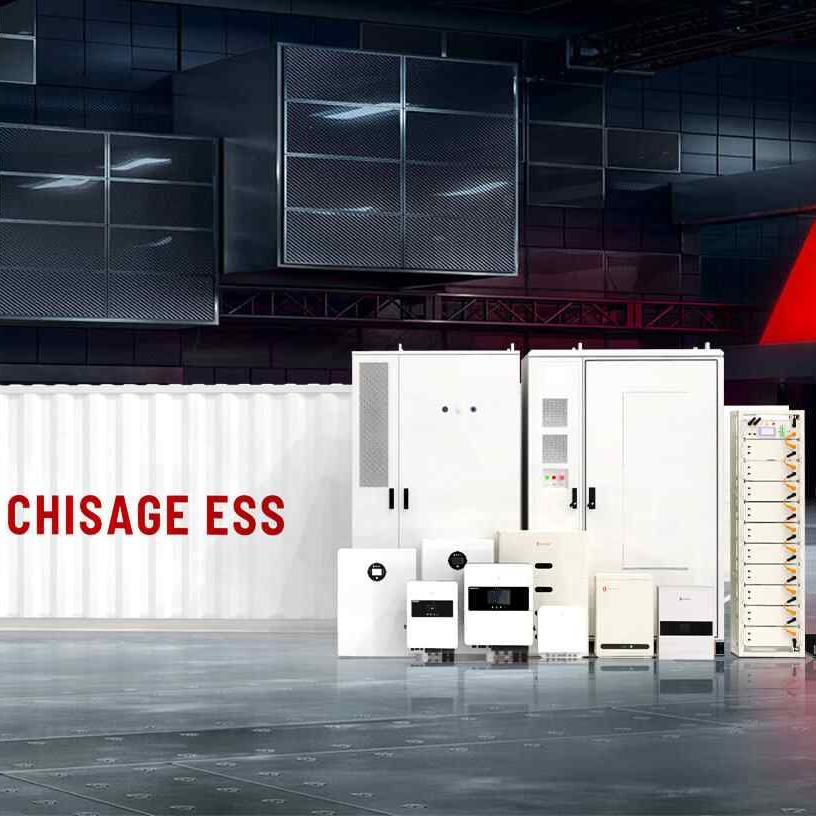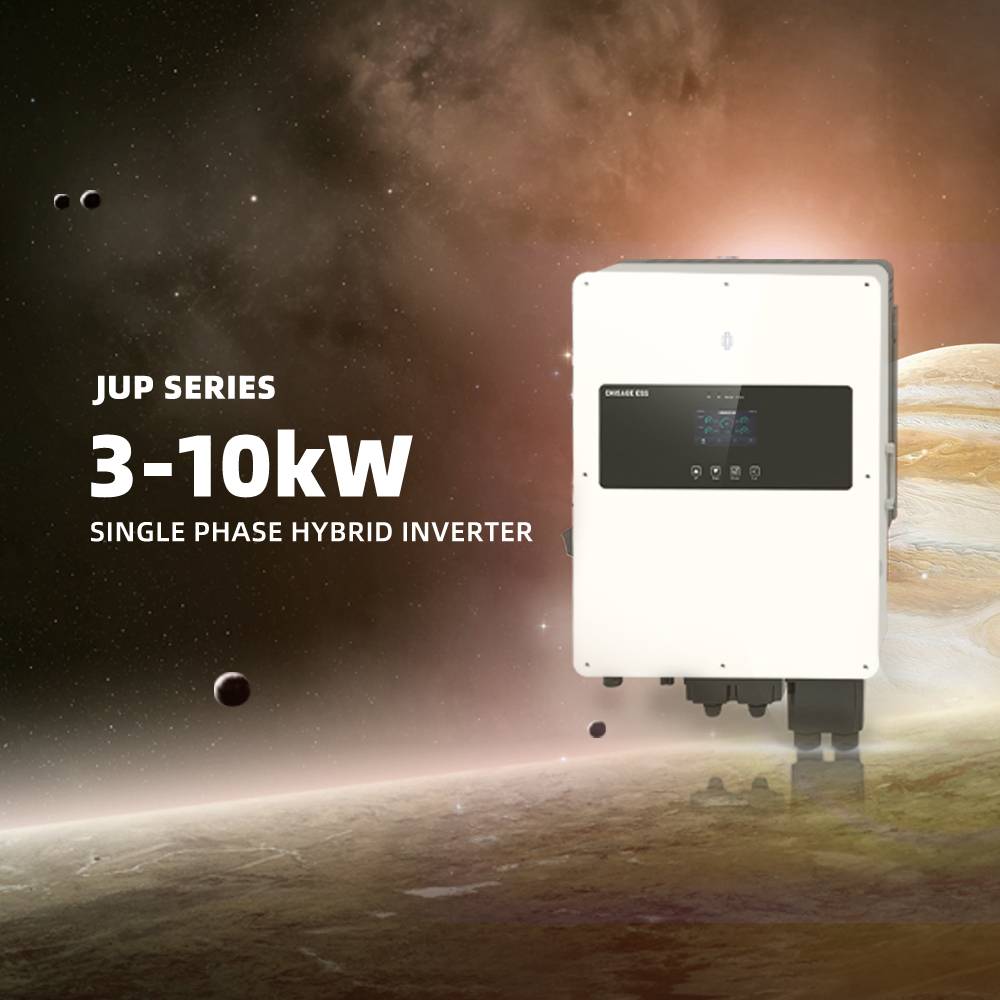With the growth of energy demand, the development of energy storage technology has become a hot spot in the industry, accounting for 60% of the cost of the energy storage system, energy storage battery Pack has received widespread attention. Low-voltage energy storage lithium battery Pack as an efficient and reliable energy storage solution is increasingly on the rise.
1.What is thelow-voltage lithium battery Pack for energy storage?
Low-voltage lithium battery Pack, as the name suggests, brings together the “low voltage”, “lithium battery”, and “Pack” three concepts.
First of all, what is Pack?
Battery Pack, also known as battery module, is a kind of Packaging, encapsulation, and assembly of the battery production process. It connects multiple single cells in parallel and series, forming a specific shape according to customer requirements, called Pack.
Secondly, what is the lithium battery?
In the current field of household”photovoltaic + energy storage”, the mainstream battery for lead-acid batteries and lithium-ion batteries, and lithium-ion batteries are the mainstream technology of electrochemical energy storage. 2021 global electrochemical energy storage installed capacity of 21.1 GW. Of which, lithium-ion batteries accounted for 93.9%, lead-acid batteries accounted for 2.2%, sodium-based batteries 2.0%, and liquid current batteries 1.2%. Compared to lead-acid batteries, lithium-ion batteries have excellent cycle times, energy density, response time, and are environmentally friendly. In the past, the high cost has limited its development. In recent years, with the development of technology, the cost continues to decline, and lithium-ion batteries will become the main direction of development in the future.
Finally, what is the low–voltage battery?
Low-voltage energy storage batteries usually have a voltage between 48-60V, and when used, the batteries cannot be connected in series with each other to increase the voltage (i.e., no matter how many batteries are accessed, the voltage is always the same). Low-voltage energy storage batteries have low requirements for BMS, have less impact on the imbalance of the batteries, and the technology is more mature, so the price is also relatively low.
High-voltage storage battery single voltage is usually between 80-100V, the use of a high-voltage battery through the series connection for boosting, the final overall voltage can be increased to about 400-600V (household storage), high-voltage storage battery on the BMS has higher technical and safety requirements, so the price is also higher.
Due to the high energy density of high-voltage battery cells, their safety performance is lower than that of low-voltage batteries, which are relatively more prone to spontaneous combustion or self-explosion, and low-voltage batteries can greatly reduce the safety hazards in the process of transport, installation and use. In terms of the supply chain, the current tight supply of high-voltage batteries in the market makes it difficult for customers to buy high-voltage batteries that meet their expectations, while CHISAGE ESS’s low-voltage batteries offer more choices.

2.The structure of low-voltage energy storage lithium battery Pack composition
The composition of a low-voltage energy storage battery Pack mainly includes a single battery module, an electrical system, a box, and BMS several major parts.
If the battery pack is compared to the human body, the battery module can be regarded as the heart, which is responsible for storing and releasing electric energy; the electrical system can be regarded as the arteries and blood vessels and the nerve network, which continuously delivers the battery electric energy to the end loads and transmits the detection and control signals in real-time; the case can be regarded as the skeleton, which plays a role in supporting, resisting the mechanical impacts and protecting the environment; and the BMS can be regarded as the brain, which is responsible for measuring parameters such as voltage, current, temperature, etc. of the battery. BMS (Battery Management System) can be regarded as the brain, which is responsible for measuring the battery’s voltage, current, temperature and other parameters.
3.Principle and process of the low-voltage lithium battery pack for energy storage
The basic principle of the low-voltage lithium battery pack is based on the electrochemical property of redox reaction. When charging, lithium ions form LiCoO2 or LiFePO4 in the positive electrode material (e.g. LiCoO2 or LiFePO4), and at the same time, in the negative electrode material (e.g. graphite), lithium ions enter the metal graphite from the electrolyte and are reduced to lithium atoms. When discharged, the lithium ions will inversely return to the battery to form LiFePO4 or LiCoO2 and be oxidized to lithium ions at the same time.
Low-voltage storage lithium battery Pack process mainstream advanced laser welding and ultrasonic welding two ways, laser welding is the use of high energy density laser beam as a heat source of a highly efficient precision welding method. Ultrasonic welding is the use of high-frequency vibration waves transmitted to the surface of two objects to be welded, under pressure, so that the surface of the two objects to friction between each other and the formation of fusion between the molecular layers. CHISAGE ESS’s Low Voltage Battery Pack adopts laser welding technology, the use of the current top German IPG laser, to avoid the ultrasonic welding surface friction caused by the relief valve damage, and more reliable.

4.Low-voltage lithium battery Pack parameters and selection
Low-voltage lithium battery pack parameters and battery selection are closely related to the need to consider from the installation, electrical, safety, use of the environment. The following is an example of a low-voltage lithium battery Pack CE48100-W (51.2V/100Ah) from CHISAGE ESS, introducing the parameters that need to be paid attention to in the selection of the battery:

Installation Parameters
(1) Weight/Dimensions
The weight of CE48100-W is 55kg and the dimensions are 430×191.5x630mm. When selecting the Battery Pack, customers need to consider the load-bearing capacity of the floor or wall and the available installation space, and whether the length, width and height of the battery system will be restricted in this space.
(2) Installation
CHISAGE ESS’s low-voltage lithium battery packs are available in floor-mounted and wall-mounted types, which can be selected according to personal preference and actual installation difficulty. CE48100-W supports both types of installation, and its simple and fashionable style is suitable for a wide range of scenarios.
(3) Protection Degree
It indicates the protection ability of the enclosure of the electrical equipment against the intrusion of foreign matter (dust, liquid, etc.), and the higher the protection level, the better the effect. The protection level of CE48100-W is IP65, which belongs to the higher protection level.

Electrical Parameters
(1) Nominal Energy
Choosing the right battery capacity is a complicated process, in addition to considering the load, you also need to consider the battery charging and discharging capacity, the maximum power of the inverter, the load’s power hours, the specific application scenarios, etc. The rated capacity of CE48100-W is 5.12kWh, which basically meets the general family’s battery energy storage needs.
(2)Operating Voltage
This voltage range needs to be matched with the battery input range of the inverter, high-voltage or lower than the battery voltage range of the inverter will cause the battery system can not be used with the inverter, CE48100-W’s operating voltage range is 40~58.4V, which is suitable for any CHISAGE ESS household energy storage inverter.
(3) Maximum Charge/Discharge Current
The maximum charge/discharge current supported by the battery system determines the charging/discharging time of the battery.CE48100-W has a maximum charge current of 50A and a maximum discharge current of 100A, i.e., it supports 0.5C charging and 1C discharging.

Safety Parameters
(1) Li-ion battery type
Lithium-ion batteries are mainly divided into lithium cobalt acid batteries, lithium manganese acid batteries, lithium nickel acid batteries, lithium iron phosphate batteries, lithium ternary batteries and so on according to the different cathode materials. Considering the safety, stability and cost-effectiveness, CE48100-W adopts the more stable and reliable lithium iron phosphate battery.
(2) Warranty
Pay attention to the content of the battery warranty terms, warranty period and scope. There are generally two factors affecting the battery warranty, one is the warranty period, and the other is the number of cycles within a certain depth of discharge, with the first to arrive at the deadline for the warranty period. For example, CE48100-W has a warranty of 5 years (extended warranty of 10 years), and the number of cycles is 6000 at 80% DOD (depth of discharge). If the 6000 cycles have been exceeded within 5 years, the warranty has expired.

Environmental Parameters
(1) Temperature Range
Pay attention to the range of ambient temperature range that the battery supports, exceeding the temperature range will affect the normal use of the battery.CE48100-W battery supports charging temperature range of 0-55℃, discharge temperature range of -20-55℃.
(2) Humidity
For some humid or high altitude areas need to pay attention to this parameter, CE48100-W battery humidity range of 20 ~ 95% RH.
In addition, you also need to pay attention to other properties of low voltage storage battery Packs, in order to bring users a more convenient and comfortable use experience. For example, the CHISAGE ESS battery adopts A-grade batteries with higher usable capacity; it supports up to 15 batteries in parallel to meet the demand for expansion of battery storage capacity; and it also supports the automatic setting of the BMS address, which is compatible with more inverters. Users can make the most suitable choice for themselves according to the actual demand, considering different battery functionalities.

Low-voltage lithium battery Pack for energy storage has a broad application prospect in the field of new energy, especially stands out in home energy storage systems and industrial/commercial energy storage systems, applicable to home, office, shopping malls, supermarkets, hospitals and other multi-scenario needs. Its advantages of high safety, long life and high energy density make it one of the important trends in the development of energy storage technology. CHISAGE ESS will continue to devote itself to the research, development and application of low-voltage lithium battery Packs for energy storage, contributing to the development of the new energy industry.


